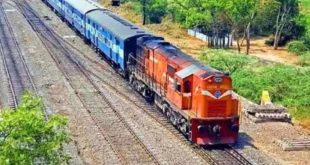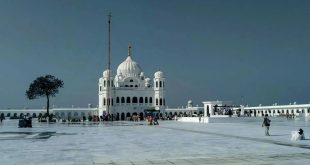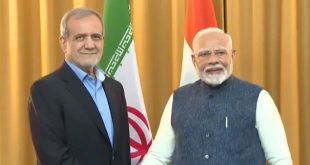 Estimated Number of EVMs for One Nation One Election
Estimated Number of EVMs for One Nation One Election
The prospect of conducting simultaneous Lok Sabha and State Assembly elections in India has been a topic of significant debate and discussion in recent times. Commonly referred to as “One Nation One Election,” this ambitious endeavor has garnered attention from policymakers, electoral bodies, and the general public. One of the critical aspects of this massive electoral reform is the estimated number of Electronic Voting Machines (EVMs) required to facilitate such a colossal democratic exercise. The Election Commission of India has made its estimate known, and it’s nothing short of staggering.
The Need for a Mammoth EVM Fleet
According to reliable sources, each EVM consists of a Control Unit, at least one Ballot Unit, and a Voter Verifiable Paper Audit Trail (VVPAT) unit. To conduct the Lok Sabha and State Assembly elections concurrently, it is estimated that a staggering 30 lakh Control Units, approximately 43 lakh Ballot Units, and around 32 lakh VVPAT units will be required. These numbers are crucial for ensuring a seamless and efficient electoral process.
Storage Facilities Are a Must
Conducting Lok Sabha and State Assembly elections simultaneously necessitates the availability of approximately 35 lakh voting units, including Control Units, Ballot Units, and VVPAT units. The Election Commission had previously informed the Law Commission that apart from having a sufficient number of EVMs, it would also require suitable storage facilities to keep these electronic voting machines. The logistics of storing such a vast number of units present a unique set of challenges that must be addressed.
Ongoing Discussions in Government Circles
The proposal for conducting simultaneous Lok Sabha and State Assembly elections has prompted discussions at the highest levels of government. A high-level committee, chaired by former President Ram Nath Kovind, is currently examining the constitutional framework and legal provisions governing elections at various levels of government, including Lok Sabha, State Assemblies, municipal bodies, and panchayats. The committee is considering the implications of conducting these elections together, and their findings will play a crucial role in determining when this reform may become a reality.
Potential Increase in Expenditure
While the idea of “One Nation, One Election” is intriguing and has its merits, it could also result in increased expenditure. Conducting simultaneous elections at various levels, especially if it includes local body elections, may pose budgetary challenges. The High-Level Committee is closely examining these aspects to ensure that the transition to a unified election cycle is both feasible and economically viable.
In conclusion, the estimated number of EVMs required for conducting Lok Sabha and State Assembly elections simultaneously is staggering. The logistical challenges, along with the associated costs, make this electoral reform a complex endeavor. However, as discussions continue and solutions are explored, the dream of “One Nation One Election” may someday become a reality, streamlining India’s electoral process for a brighter democratic future.
 Suspense Crime Sach Ka Dam
Suspense Crime Sach Ka Dam


